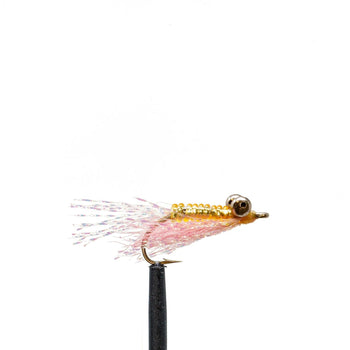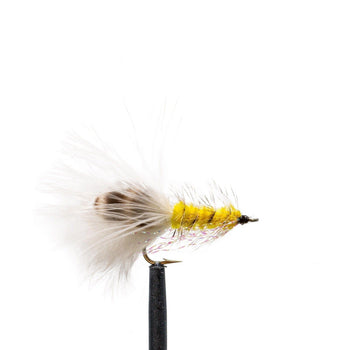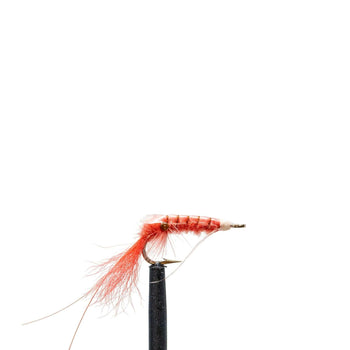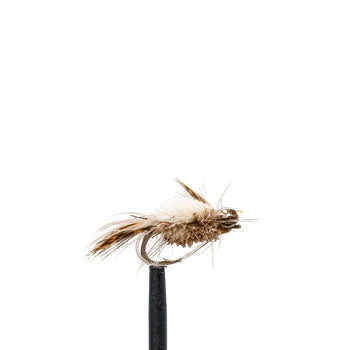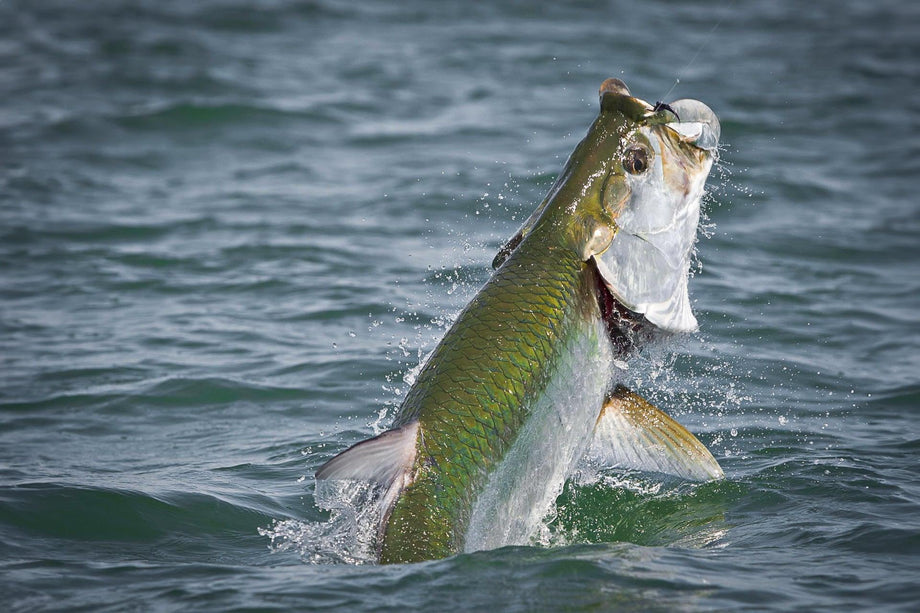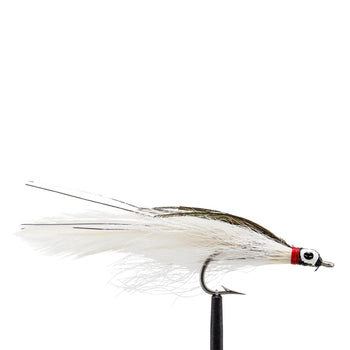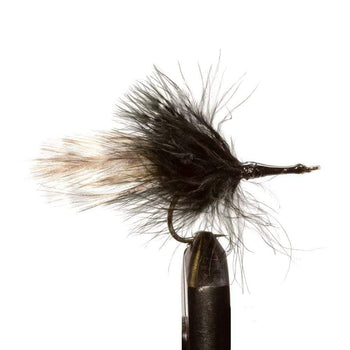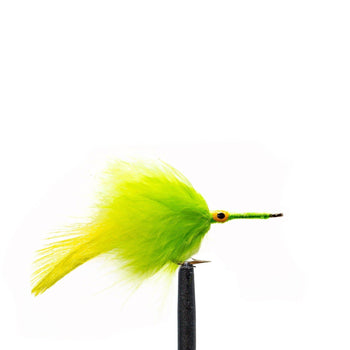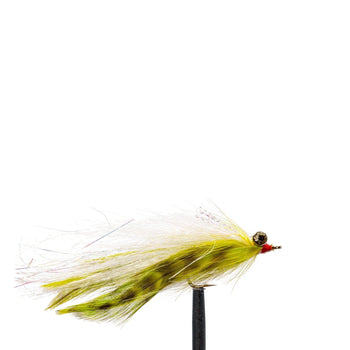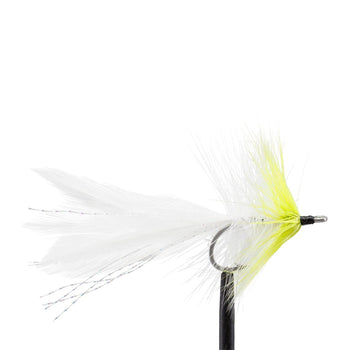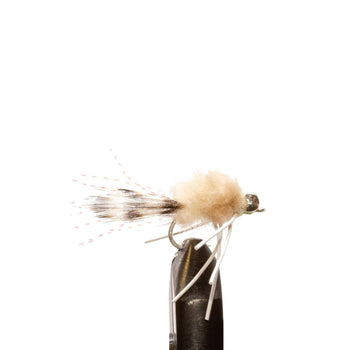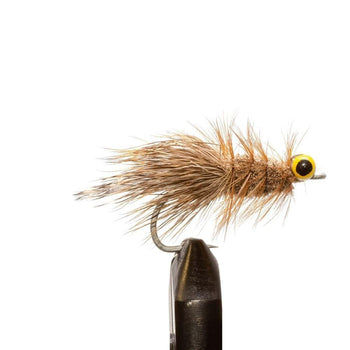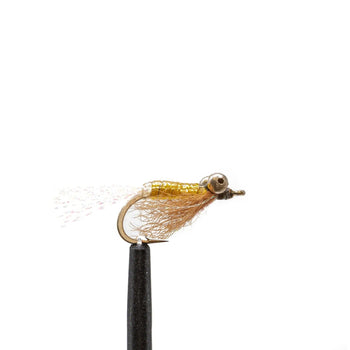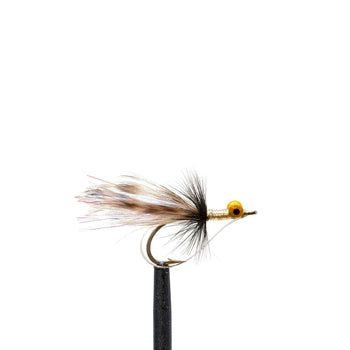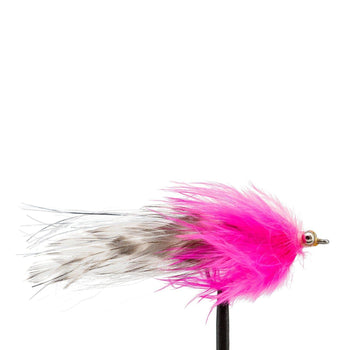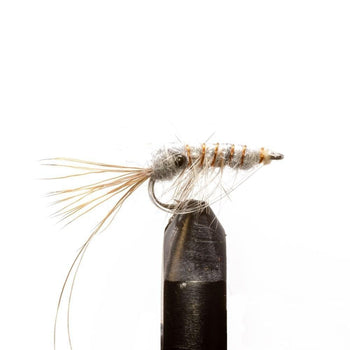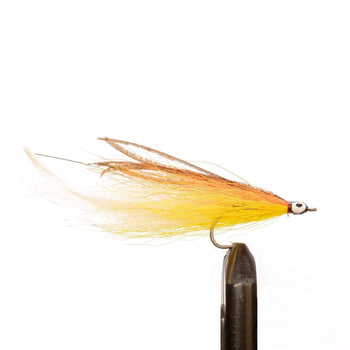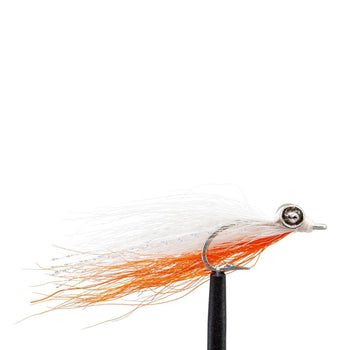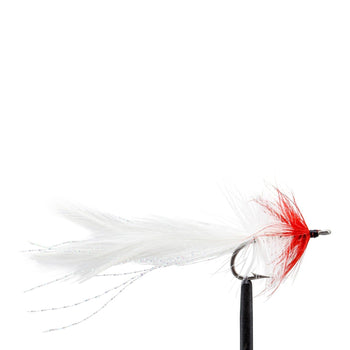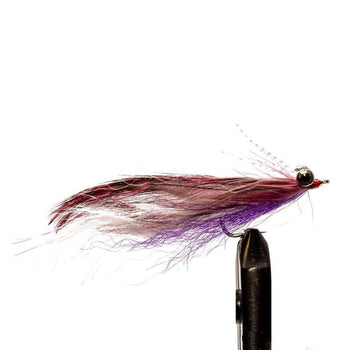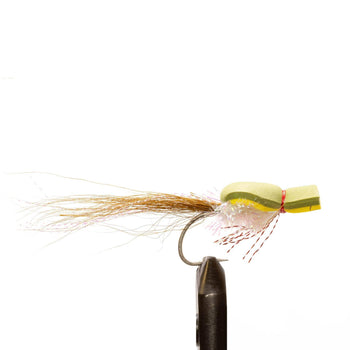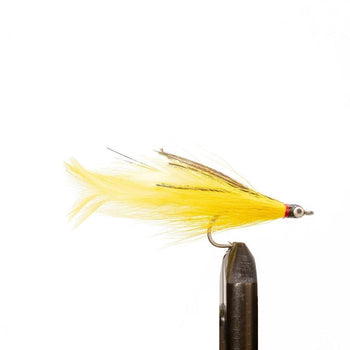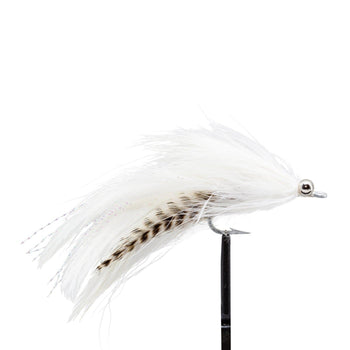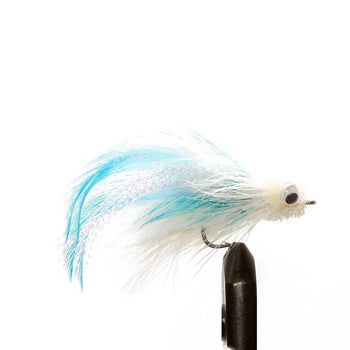Casting into the Blue: A Guide to Saltwater Fly Selection

Saltwater fly fishing is a sport that transcends the traditional angling experience, immersing enthusiasts in the diverse and dynamic world of oceanic environments. This form of fishing is celebrated for its complexity and the unique skill set it requires. Anglers must have a deep understanding of marine ecosystems and the behavior of various fish species, alongside mastery in casting techniques and fly selection.
Key to saltwater fly fishing is the equipment. Durable, corrosion-resistant rods and reels are essential due to the harsh saltwater conditions. Lines and leaders are chosen based on the target species and the specific environment, whether it's the open sea or shallow flats. The choice of flies is crucial and varies significantly based on the species being targeted and the prevailing water conditions.
In the enthralling world of saltwater fly fishing, five notable fish stand out for their allure and the unique challenges they present. The top five saltwater fish for fly fishing, along with the best five flies for each species and fishing tips, are Bonefish, Tarpon, Permit, Redfish, and Striped Bass.
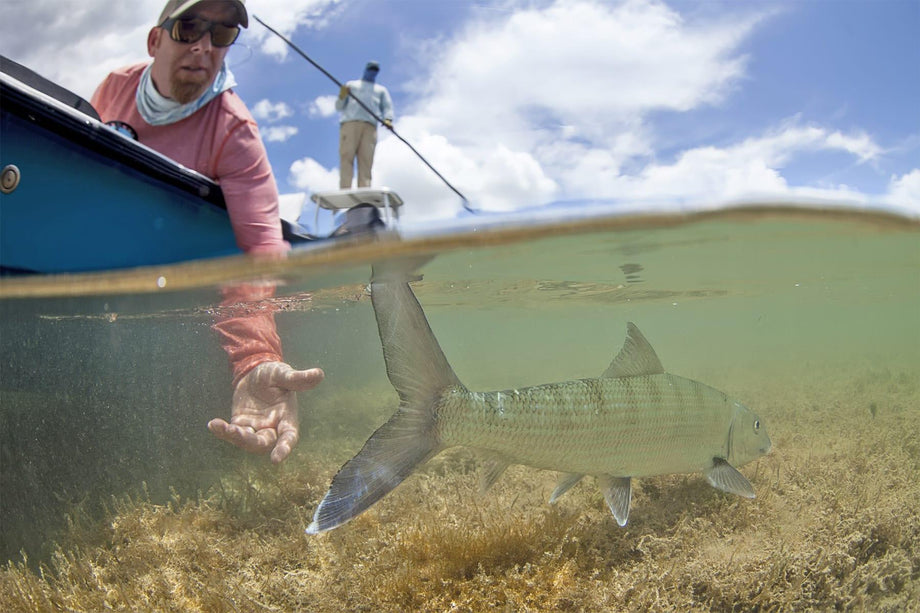
Bonefish
Known for their wariness and speed, bonefish require a stealthy approach and precise casting. Anglers often fish in shallow, clear flats, making sight fishing a common technique. The thrill of catching a bonefish is in its initial powerful run, often stripping line at incredible speeds. Successful bonefish fly fishing combines the right choice of fly, skill in presentation, and understanding of the fish's habitat and behavior.
- Deceiver: Available in a large number of colors, this fly features a long, slender profile with bright colors, designed to mimic baitfish. It's used with long, smooth strips, making it effective in clear waters for targeting tarpon.
- Black Death: Known for its dark color, often black and purple, it creates a strong silhouette in the water. Short, quick strips make it suitable for murky waters when targeting tarpon.
- Tarpon Fly: These flies are large and brightly colored, tailored specifically for tarpon. They are best fished with steady, deliberate retrieves in areas where tarpon are actively feeding.
- DNA Clouser Minnow: A lifelike variation of the classic Clouser Minnow, made with DNA fibers. Its versatility comes from varying the retrieval speed to mimic different baitfish, making it effective in shallower tarpon waters.
- Sea-Ducer: Characterized by its bushy appearance and bright colors, this fly is used with rhythmic strips to create a pulsating movement, suitable for both clear and slightly turbid tarpon waters.
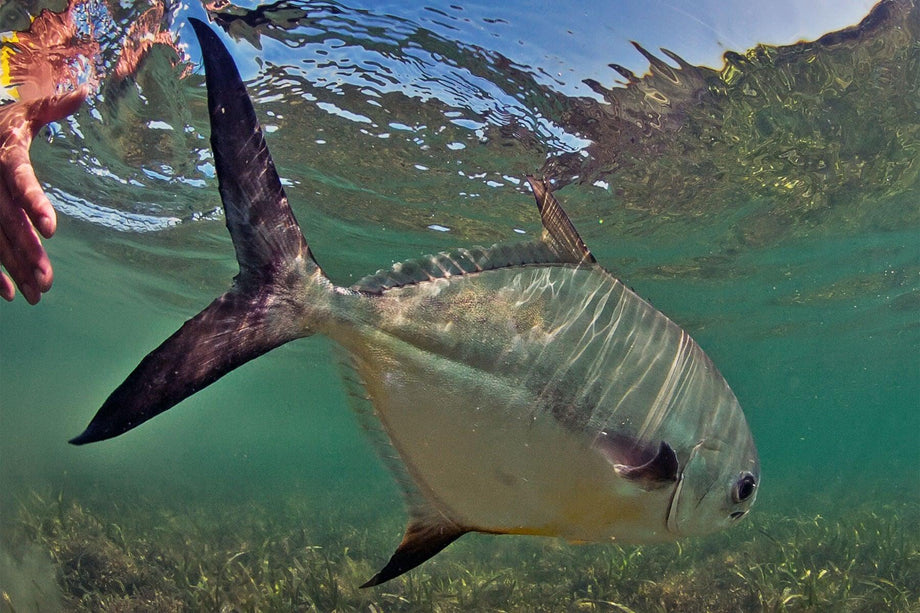
Permit
- Merkin: Known for being a quintessential crab imitation, the Merkin has a weighted body to ensure it sinks properly. Ideal for casting near permit, it should be allowed to settle on the ocean floor before being retrieved slowly.
- Chernobyl Crab: This fly features a buoyant foam body, designed to imitate a crab. It is particularly effective in shallow water environments where permits feed, best used with a gentle, slow retrieval to mimic the natural movement of crabs.
- Gotcha: A classic shrimp pattern, the Gotcha has a pearlescent body that is attractive to permits. It's versatile and can be used in a variety of conditions, usually with a steady, slow retrieve to mimic a shrimp.
- Crazy Charlie: Resembling small crustaceans with its slim profile, the Crazy Charlie is effective in clear, shallow flats. It should be retrieved slowly and steadily, with occasional twitches to imitate the movement of a crustacean.
- Absolute Flea: A small and detailed crab pattern, the Absolute Flea is perfect for sight fishing on flats. It is designed to sink slowly, imitating a crab in its natural habitat, and should be twitched subtly to attract permit.

Redfish
Redfish fly fishing offers a diverse and engaging experience due to the variety of habitats they inhabit, such as marshes, flats, and estuaries. The key to success lies in a stealthy presentation of the fly, often requiring sight fishing techniques in clearer waters. The choice of fly is crucial, with those mimicking small crabs or baitfish being particularly effective. Variations in retrieval methods can be vital in attracting these aggressive feeders. Understanding the behavior of redfish in their specific environments enhances the likelihood of a rewarding catch.
-
Pink Thing: A vibrant pink fly, effective for redfish in murky waters, best used in shallow coastal waters with a slow, steady retrieve and sharp twitches.
-
Shrimp Gray & Pink: Mimics a shrimp with its gray and pink colors, ideal for clear waters, and should be retrieved quickly to resemble shrimp movements.
-
Deceivers: Streamers that mimic baitfish, effective with long, smooth strips, suitable for deeper waters where redfish feed on small fish.
-
Clouser Minnows: Classic baitfish imitations, versatile in both shallow and deep waters, fished with varied retrieval speeds to mimic injured baitfish.
-
Sea-Ducers: Known for their bushy appearance and movement, used with rhythmic strips to attract redfish in both clear and slightly turbid conditions.

Striped Bass
Striped Bass Fly Fishing offers an engaging experience due to the species' aggressive feeding habits. They thrive in diverse environments like coastal waters, estuaries, and river mouths. Successful angling strategies include casting near structures or in areas where currents change, as Striped Bass often hunt in these dynamic zones. Anglers are encouraged to use a range of fly patterns that resemble the local prey, adjusting retrieval speeds and depths to provoke strikes. The key is to observe and adapt to the feeding behavior of Striped Bass in their natural habitat.-
DNA Clouser Minnow: These are a twist on the classic Clouser Minnow, featuring DNA fibers for a more lifelike appearance. They're great for mimicking small baitfish, making them ideal for targeting Striped Bass in both shallow and deeper waters.
-
Gurgler: Gurglers are topwater flies that create enticing disturbance on the water's surface. They're excellent for shallow areas, attracting Striped Bass with their splashing action.
-
Deceiver: Deceivers are streamlined and mimic the movement of baitfish. They are effective in deeper waters, perfect for enticing Striped Bass with their long, fluid retrieves.
-
Ocean Liner: These are large, eye-catching flies designed for deeper and murkier waters. Their size and visibility make them a good choice for attracting Striped Bass, especially when used with strong, steady retrieves.
-
Trevally: Robust and brightly colored, Trevally flies are built to withstand aggressive strikes, suitable for Striped Bass. They work best with quick, jerky retrieves, ideal in open waters or near structures.
For each species, understanding their feeding habits and preferred habitats is key. The choice and presentation of the fly should mimic the natural prey of these fish in their specific environments.
An essential aspect of saltwater fly fishing is conservation. Practicing catch and release ensures the sustainability of fish populations. Additionally, protecting the habitats that these fish call home is crucial for the preservation of the sport and the marine ecosystem.
Saltwater fly fishing is not just about the catch; it's a blend of adventure, conservation, and the joy of connecting with the natural world. It offers an escape into the vastness of the ocean, presenting endless opportunities for learning and adventure.


